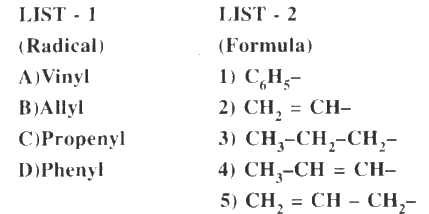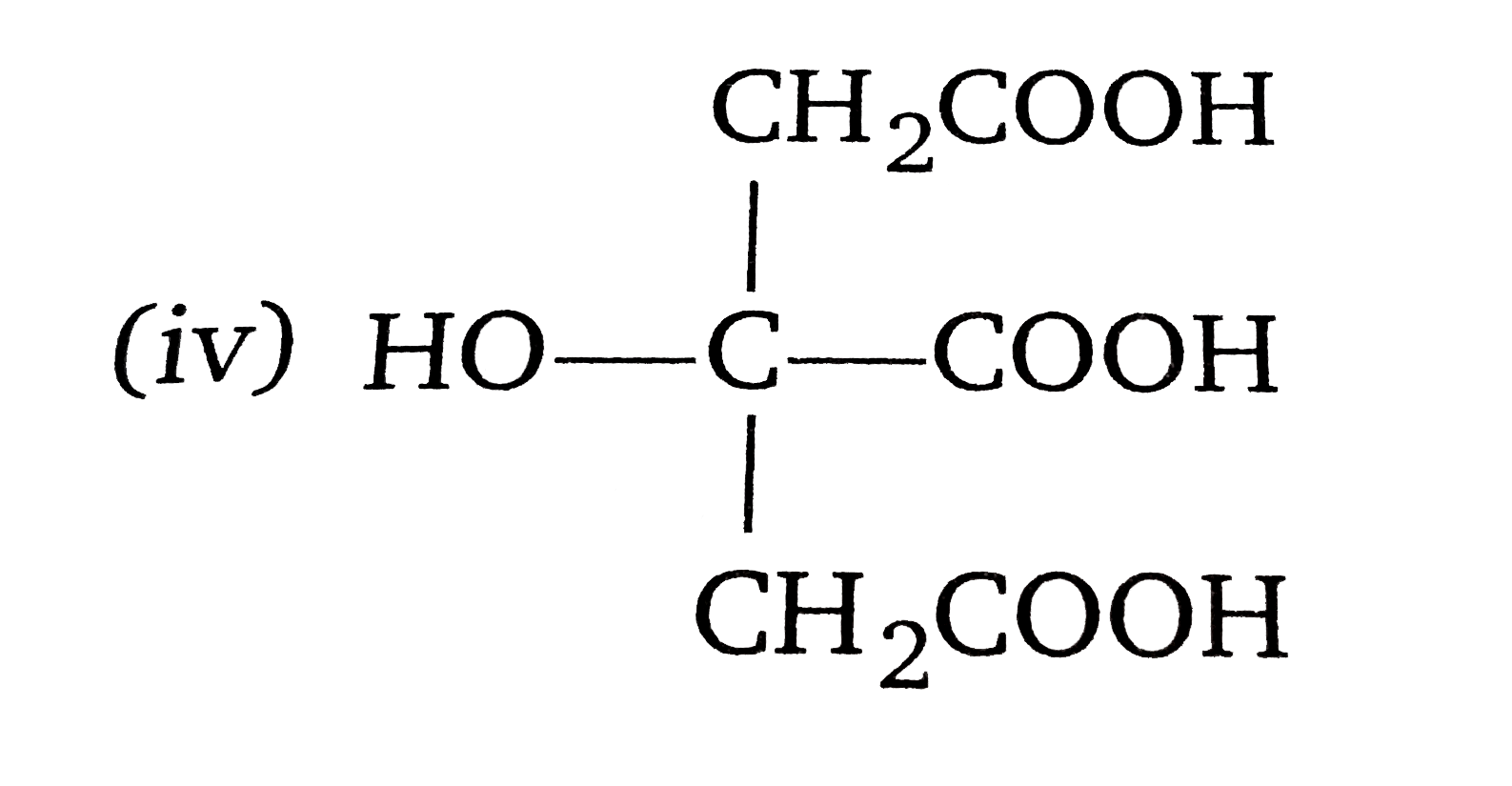(A): CH3CH(OH)COOH is optically active
(R) : CH3CH(OH)COOH do not possess any element of symmetry.
The correct answer isSolution in Telugu
Both A and R are true and R explains A
Both A and R are true and R does not explains A
A is true, R is flase
A is false, R is true
The correct Answer is:A
Both A and R are true and R explains A
Topper's Solved these Questions
- BOOK - AAKASH SERIESCHAPTER - ISOMERISM EXERCISE - LECTURE SHEET EXERCISE-III (Stereo Isomerism) LEVEL-II (ADVANCED) Straight Objective Type Questions6videos
ISOMERISM
- BOOK - AAKASH SERIESCHAPTER - ISOMERISM EXERCISE - LECTURE SHEET EXERCISE-III (Stereo Isomerism) LEVEL-II (ADVANCED) More than one correct answer Type Questions3videos
ISOMERISM
- BOOK - AAKASH SERIESCHAPTER - ISOMERISM EXERCISE - LECTURE SHEET EXERCISE-II (Stereo Isomerism) LEVEL-II (ADVANCED) Integer Type Questions1videos
ISOMERISM
- BOOK - AAKASH SERIESCHAPTER - IONIC EQUILIBRIUM EXERCISE - ADDITIONAL PRACTICE EXERCISE (LEVEL -II PRACTICE SHEET (ADVANCED) (Integer Type Questions))8videos
IONIC EQUILIBRIUM
- BOOK - AAKASH SERIESCHAPTER - PERIODIC CLASSIFICATIONEXERCISE - OBJECTIVE EXERCISE - 3 (RECENT AIPMT/NEET QUESTIONS)14videos
PERIODIC CLASSIFICATION
Similar Questions
What is the percent composition of a mixture of (S)−(+)−2− butanol, [±]25D=+13.520, and (R)−(−)−2− butanol, [±]25D=−13.520, with a specific rotation [±]25D=+6.760?
View Solution
The correct match is02:31View SolutionCH3−CH=C∣Br−C∣Cl=CH−CH3 Number of geometrical isomers possible for this compound are
02:43View SolutionA certain weak acid has Ka,=10−5. If the equilibrium constant for is its reaction with a strong base is repesented as y×10y then find the value of y.
02:33View SolutionWhich one of the following orders is not in accordance with the property stated against it?
02:03View SolutionThe IUPAC name of CH3−OH∣CH−CH2−CH3∣CH−COOH is :−
01:09View SolutionCH_(3)CH(OH)CH_(2)CH_(2)COOH
06:43View SolutionCH_(3)-underset(OH)underset(|)(CH)-CH=CH-COOH
View SolutionCH_(3)CH(OH)COOH molecule shows:
View SolutionIn the reaction , the acid obtained will be :
CH3CHO+HCN→CH3CH(OH)CnH−OH−−−−→CH3CH(OH)COOH06:07View SolutionIUPAc name of CH3CH(OH)COOH is
View Solutionनिम्नलिखित यौगिकों के सामान्य तथा आई०यू०पी०ए०सी० नाम लिखिए-
(i) CH3−CH3∣CH−CH2−OH∣CH−COOH
(ii) CH3−CH=CH−COOH
(iii) COOH−CH=CH−COOH
 05:58View Solution
05:58View SolutionThe IUPAC name of CH_(3)-underset(OH)underset(|) (CH)-CH_(2)-underset(COOH)underset(|)(CH)-CH_(3) is:
02:07View SolutionDetermine the number of optical isomers in the following compounds: (a) CH_(3)CH(OH)COOH (b) HOOC(CHOH)_(2)COOH (c) HOOC(CHOH)_(3)COOH (d) CH_(3)(CHOH)_(2)COOH (e) CH_(3)CH(Br)CH(Br)COOH .
02:48View SolutionGive the IUPAC name of
(i) CH3CH(OH)CH2OH
(ii) HO−CH2−CH2−OH
(iii) CH3−OH∣CH−COOH04:37View SolutionCH_(3)CH(OH)CH overset(H_(3)O^(Theta))(to)CH_(3)CH(OH)COOH , In this reaction, the hydroxyacid obtained is-
View Solution

